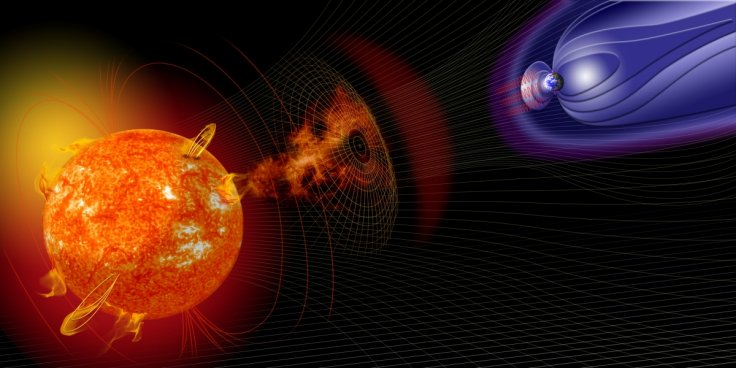An expert from NASA explained protocols the agency follows when it comes to protecting astronauts aboard the International Space Station (ISS) from an approaching solar storm.
Solar storms occur when the Sun ejects highly-charged plasma from its surface. As these storms travel across space, they oftentimes hit Earth and cause disruptions in the planet's magnetic and electrical fields.
Dangers Of Solar Storms

The highly-charged particles from solar storms can affect facilities, equipment and various devices that rely on electricity and power. If a strong solar storm hits Earth, a huge portion of the planet could experience severe blackouts for an undetermined period of time. But aside from people on Earth, astronauts currently carrying out missions in space are also vulnerable to the effects of solar storms.
Aside from experiencing power outages in space stations, astronauts are also susceptible to the solar radiation carried by the highly-charged particles emitted by the Sun. Because of these, NASA has implemented a set of procedures that will ensure the safety of astronauts during severe space weather events.
Protecting ISS Astronauts

As explained by Robert Frost, flight controller and astronaut instructor for NASA, the agency receives space weather alerts from the National Oceanic and Atmosphere Administration. The agency then informs the astronauts aboard the ISS regarding the approaching storm. For mild solar storms, astronauts are instructed to stay within the station and avoid areas that offer little shielding or protection such as airlocks, windows and transfer compartments.
However, for severe space weather events, astronauts are advised to stay inside specific areas within the station. All activities being conducted outside the station such as spacewalks are also immediately cancelled for the duration of the storm.
"For more threatening levels, they are informed to remain in higher shielded areas such as the Node 2 Crew Quarters and aft section of the [service module]," Frost explained in Quora. "If an [extravehicular activity] is occurring and the radiation exposure is expected to be greater than the joint exposure limits, the EVA will be terminated."









